Lyceum Offers New Classrooms, Offices, Common Spaces
The new building, which blends modern construction materials with classic New England architecture, will house the history department and the Center for Humanistic Inquiry.

The Aliki Perrotti and Seth Frank Lyceum, a new academic building, welcomed its first students for classes Tuesday. The building, a 20,000-square-foot addition to a historic Greek revival house at 197 South Pleasant Street, was designed by Bruner/Cott Architects.
It will house the Center for Humanistic Inquiry (CHI) — a think tank and seminar space formerly located on the second floor of Frost — and the history department, which was previously cramped in the basement of Chapin Hall. In addition, the Lyceum will host offices and classrooms for various courses and faculty across the humanities departments.
While landscaping work will continue on the building until October, the facade already stands out amid the row of historic houses on South Pleasant. The old house’s classical form, with its vertical lines and ornamental features that recall Greek temples, is reflected in the addition’s gray stonework and serif lettering.
But the building isn’t all Greek — contemporary materials trends are observed throughout, from the all-glass connecting wing between original house and new addition to the rear office wing, which is covered by carbon-storing timber.
As CHI director and Associate Professor of English Christopher Grobe said — with the caveat that soil compactors were then shaking the floor beneath his feet — the new space “feels more removed and tranquil than the old CHI,” adding that “this change in atmosphere clarifies the function of the CHI: it’s a retreat for people interested in immersing themselves in deep conversation and sophisticated scholarship.”
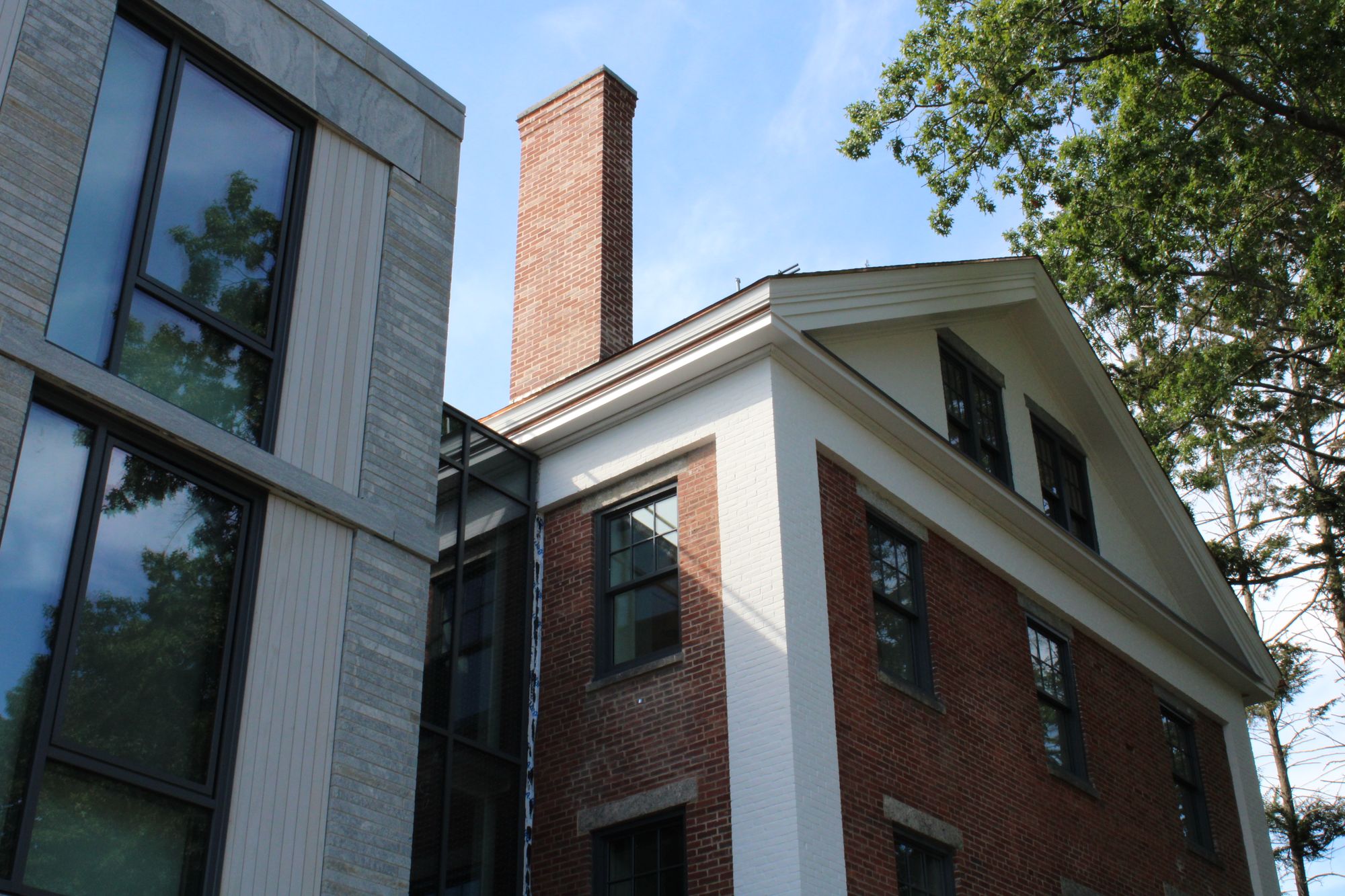
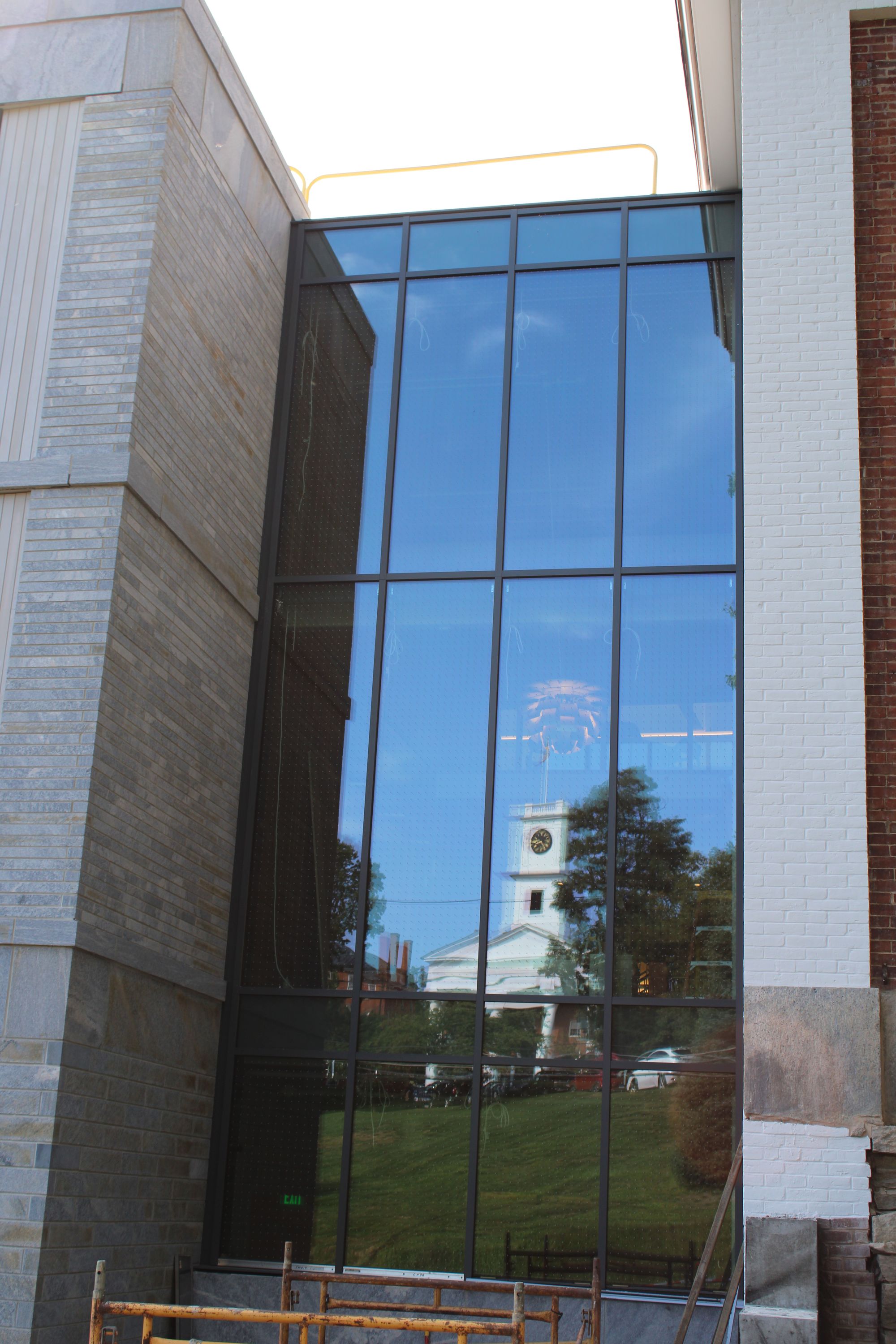
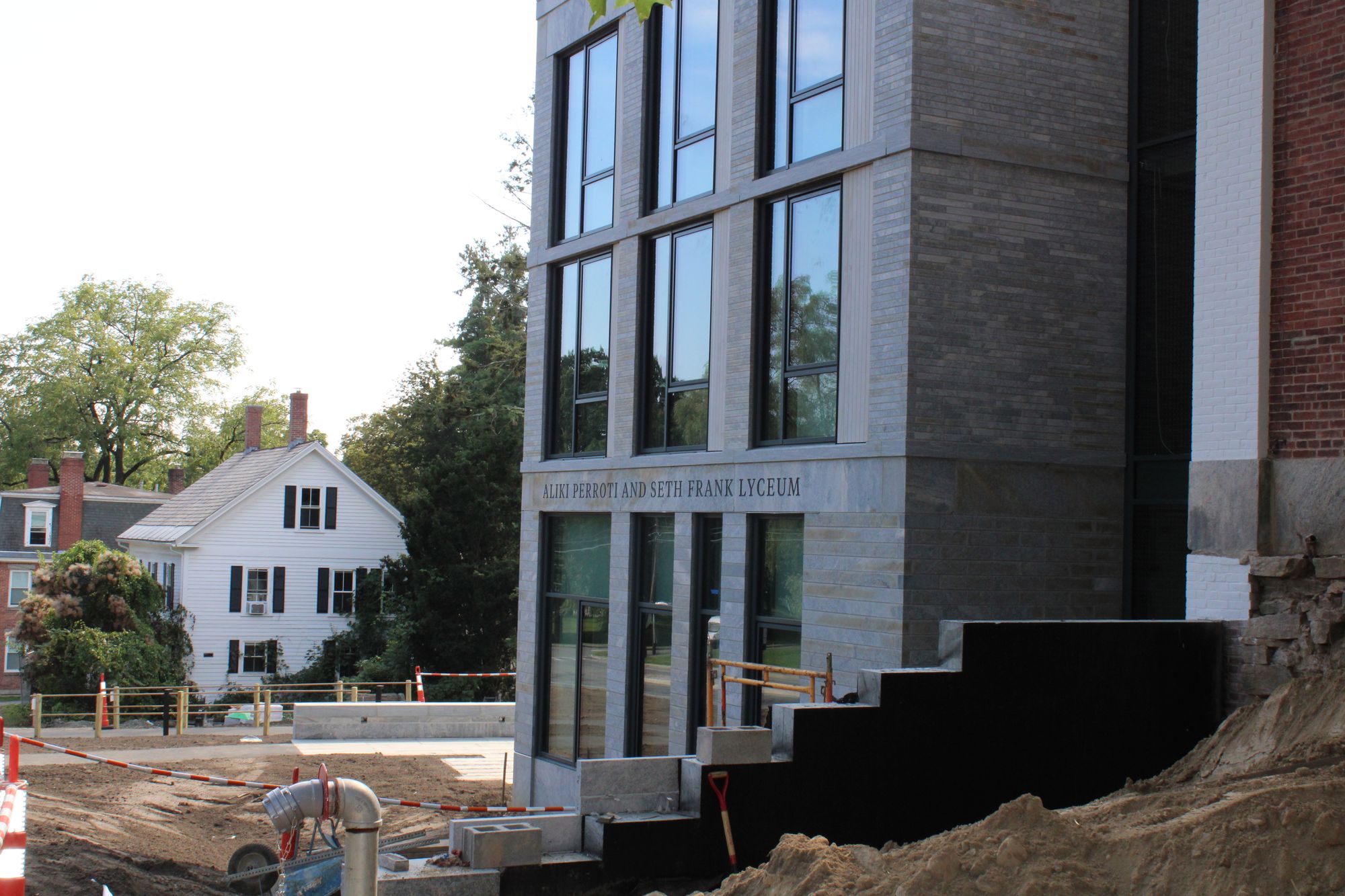
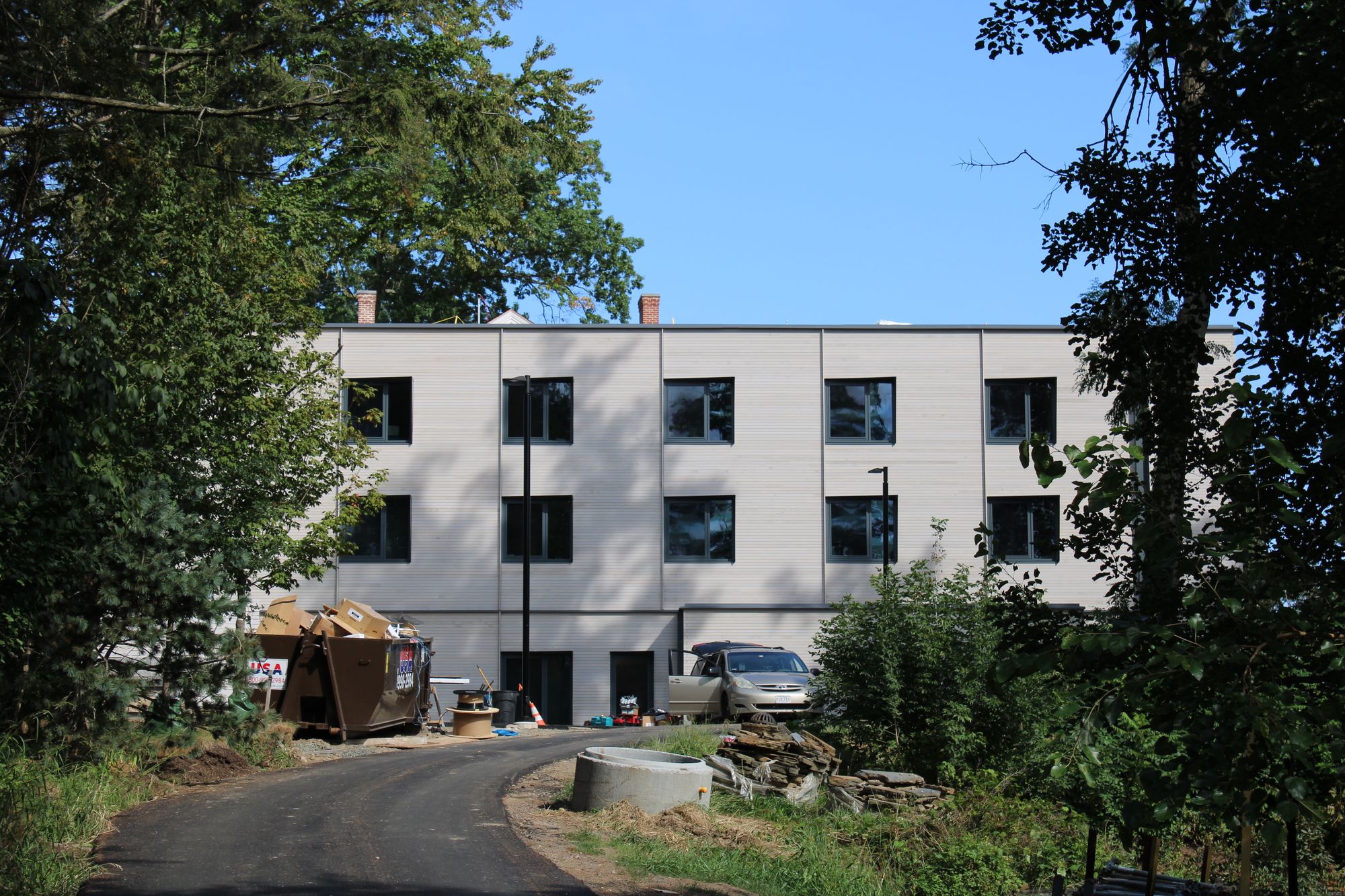
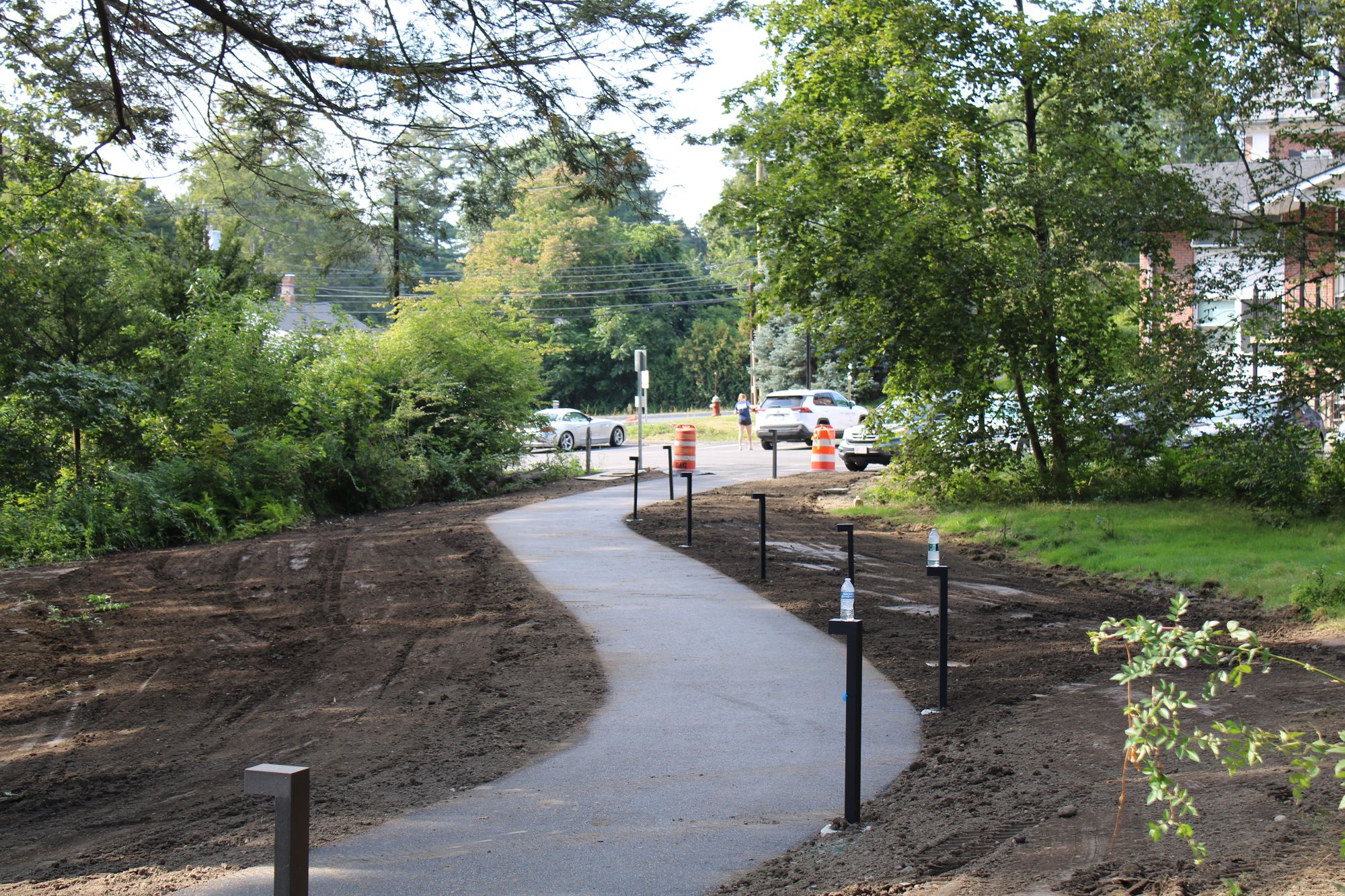



Though the new building sits on the western edge of campus, the center can now, in Grobe’s words, “afford to be a bit off-center” thanks to the CHI’s first two directors (Professor of Law, Jurisprudence, and Social Thought Martha Umphrey and Chair of Music Darryl Harper), who “have done such a great job building people’s awareness of and support for the CHI.”
For the other primary resident of the new building, though, the shift is more seismic. In a 2021 Student article, then-Chair of History Ellen Boucher said that there weren’t enough offices in its old space in the basement of Chapin Hall, and that the lack of natural light and good ventilation meant that the department’s home sometimes felt “dreary.”
Adi Gordon, the current chair of the department, did mention the new building’s big windows and views when talking about the move to the Lyceum. However, the new building’s true appeal for him doesn’t lie in its appearance.
“What we are most excited about,” Gordon said, “are [the Lyceum’s] welcoming common spaces, where our students could spend hours. We were dreaming of something like that for years.”
The department worked together with a representative group of majors to discuss furniture in the common spaces and put together office hours on Mondays to take advantage of the increased flexible space.
Gordon added that the department is excited for the opportunity for “constant exchange with other regions in the humanities” that the building presents.
President Michael Elliott echoed Gordon in his remarks at the Lyceum’s ribbon-cutting ceremony on August 30, where he emphasized the building’s importance as a place of inquiry in the humanities by tying the building’s purpose to its name.
“It’s fitting [that this building is called the Lyceum] because of [Seth Frank’s ’55] deep connection with Greece … It’s also fitting because the Lyceum in ancient Greece … was a place of philosophical inquiry and reflection.” But the relevance of the name extends beyond classical allusion. In the 19th century, Elliott explained, “small towns like Amherst had Lyceums, which were societies where people came together to hear about intellectual developments and to engage in vigorous debate.”
The new Lyceum, with its name, lays claim to this dual lineage. As Elliott said in his remarks, “calling this a Lyceum reminds us that the work of the humanities have purpose, that the humanities inform the evolution of political society and live at the intersection of knowledge production and the life that we lead outside of the academy.”





Comments ()